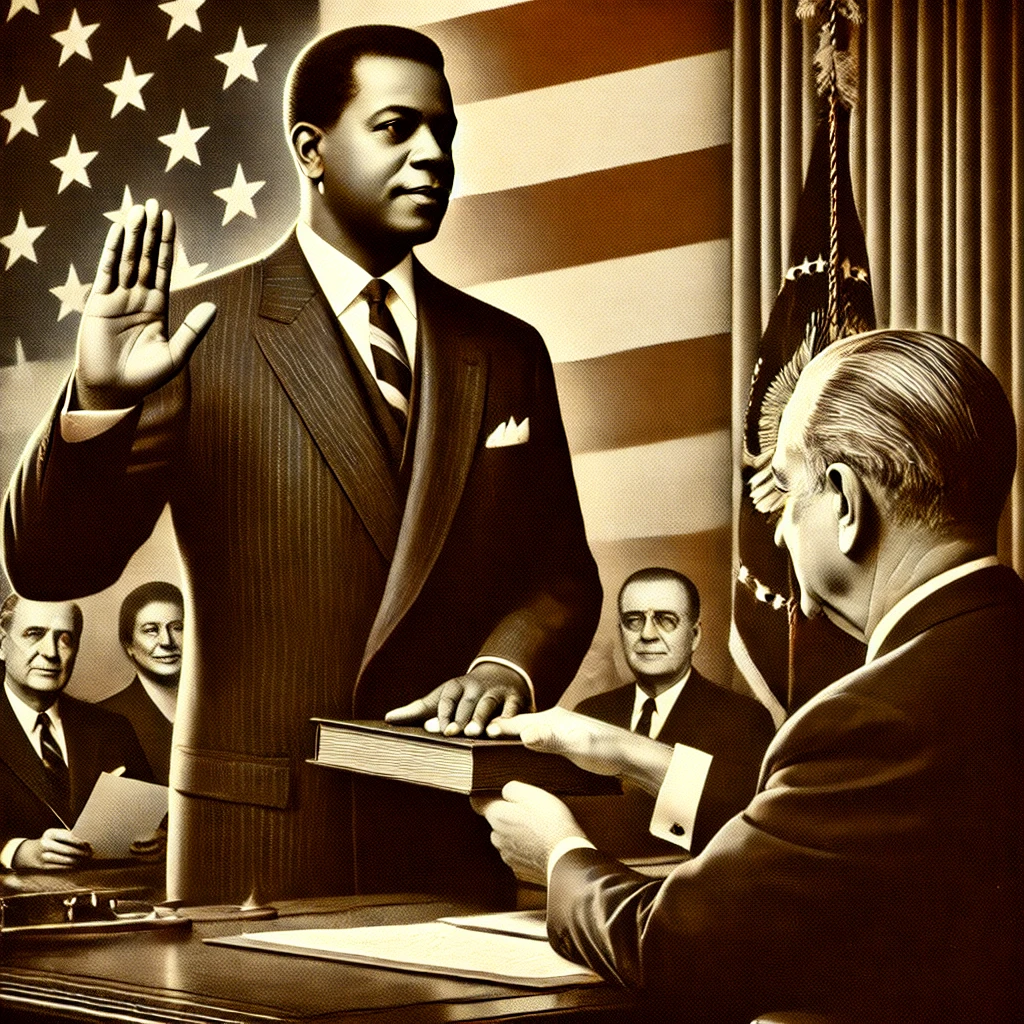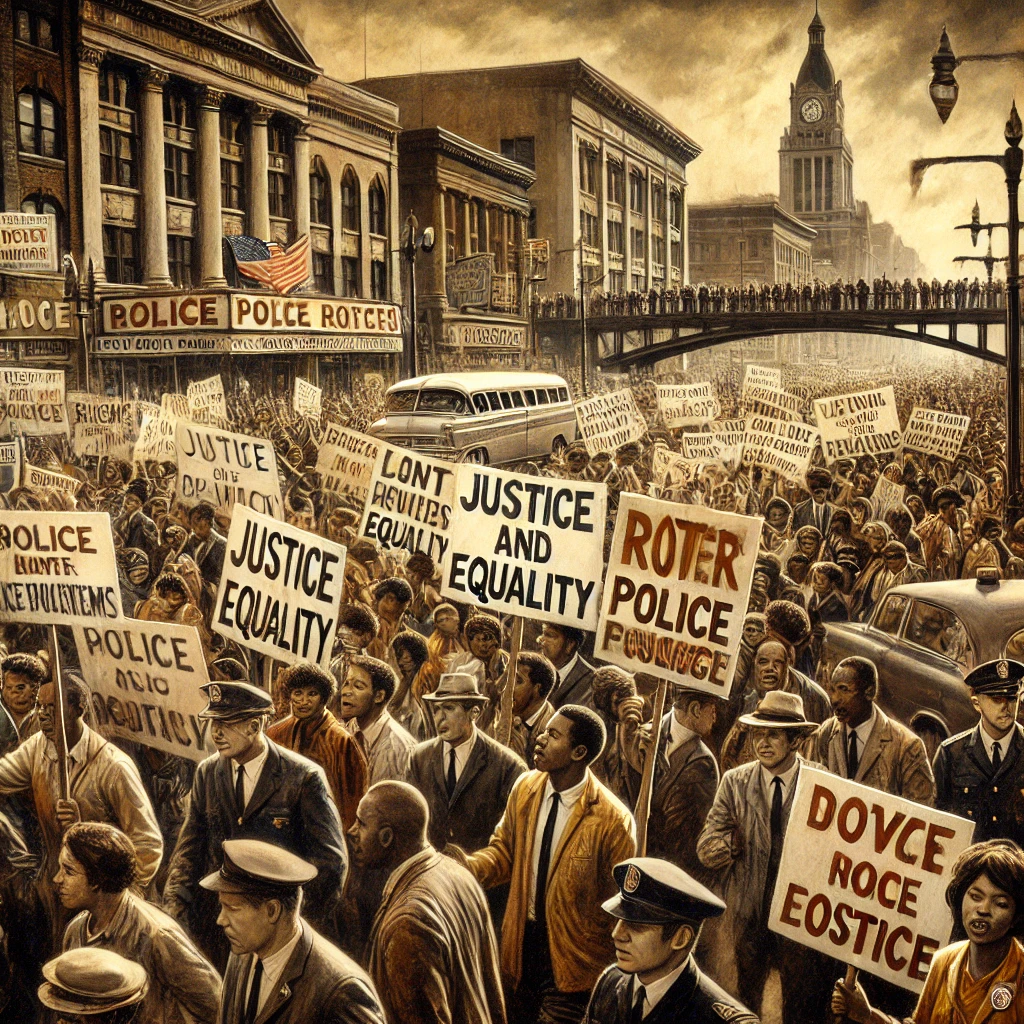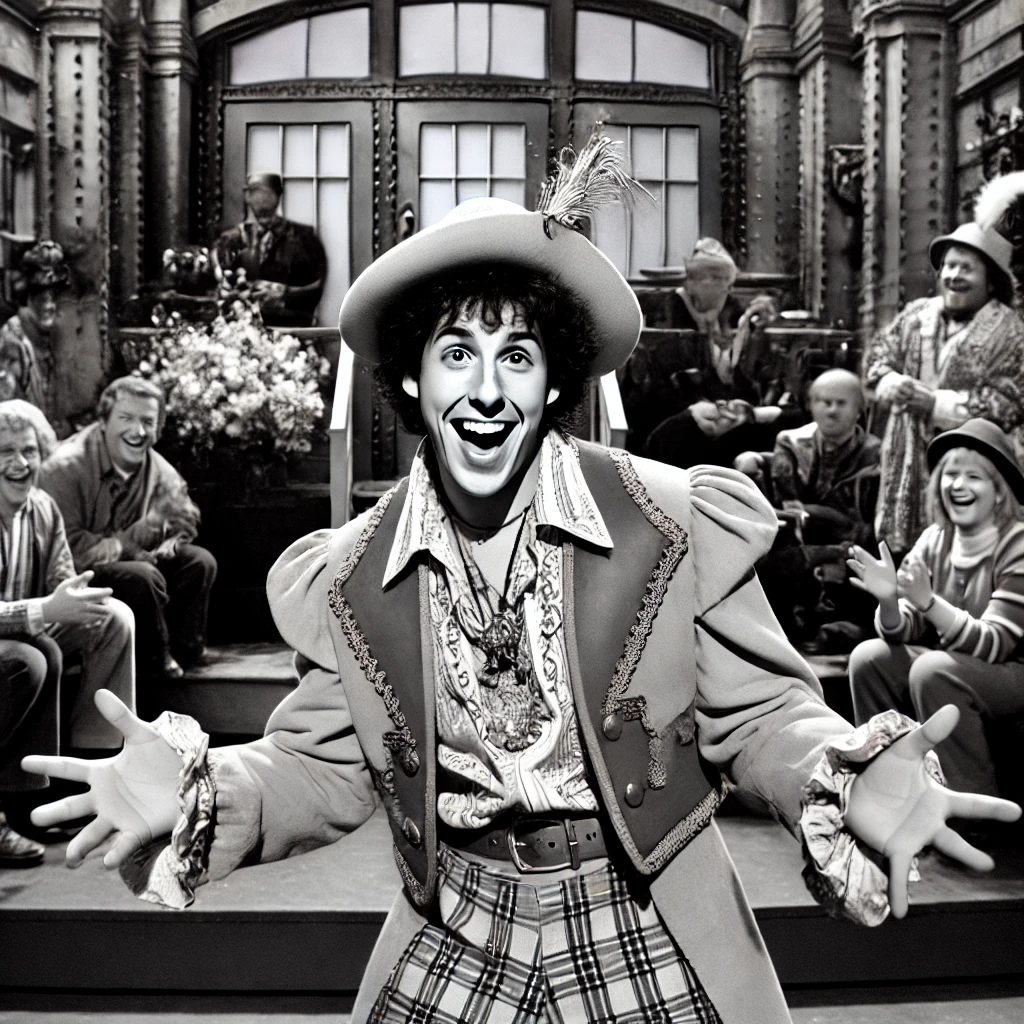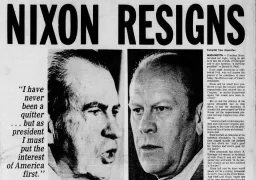Breaking Barriers: Robert C. Weaver Becomes the First African American Cabinet Member

January 13th, 1966, marked a historic moment in American history as Robert C. Weaver was sworn in as the first African American Cabinet member. Serving as the Secretary of Housing and Urban Development (HUD) under President Lyndon B. Johnson, Weaver’s appointment symbolized a significant step forward in the ongoing struggle for civil rights and racial […]
A Revolutionary Movement: The Founding of the Black Panther Party

On October 15, 1966, Huey P. Newton and Bobby Seale founded the Black Panther Party for Self-Defense in Oakland, California. This pivotal moment in American history marked the emergence of a radical organization dedicated to addressing systemic racism, police brutality, and social injustice faced by African Americans. Initially created as a response to police violence, […]
The Life and Career of Adam Sandler: From Stand-Up Comedy to Hollywood Stardom

On September 9th, 1966, Adam Sandler, one of America’s most beloved comedians and actors, was born in Brooklyn, New York. Sandler’s upbringing in a middle-class Jewish family laid the foundation for his humor, which often reflects his down-to-earth, relatable experiences. Raised in Manchester, New Hampshire, Sandler discovered his passion for comedy at an early age. […]
The University of Texas Tower Shooting

On August 1, 1966, a tragic mass shooting occurred at the University of Texas at Austin. Charles Whitman, a former Marine, climbed the university’s iconic tower and opened fire, killing 14 people and wounding 31 others. This horrific event, now known as the University of Texas Tower Shooting, is remembered as one of the first […]
Miranda Rights Established
On June 13, 1966, the United States Supreme Court delivered its decision in Miranda v. Arizona, establishing the Miranda rights. This landmark ruling required police to inform suspects of their rights to an attorney and against self-incrimination before questioning them. This decision was a critical development in U.S. law enforcement and civil liberties, aiming to […]
NFL and AFL Announce Merger
On June 8, 1966, the National Football League (NFL) and the American Football League (AFL) announced a merger, effectively uniting the two leagues under one umbrella to be fully implemented by the 1970 season. This merger ended a six-year rivalry between the two leagues, leading to the creation of the Super Bowl, a championship game […]
James Meredith Shot
Civil rights activist James Meredith was shot on June 6, 1966, during his solo March Against Fear to promote black voter registration and challenge racial segregation in Mississippi. Meredith survived the attack and his march was continued by other major civil rights leaders, including Martin Luther King Jr., and grew significantly in size and scope. […]
“Star Trek”

The first episode of “Star Trek” aired on television, introducing viewers to the iconic starship USS Enterprise and a universe of interstellar exploration.
